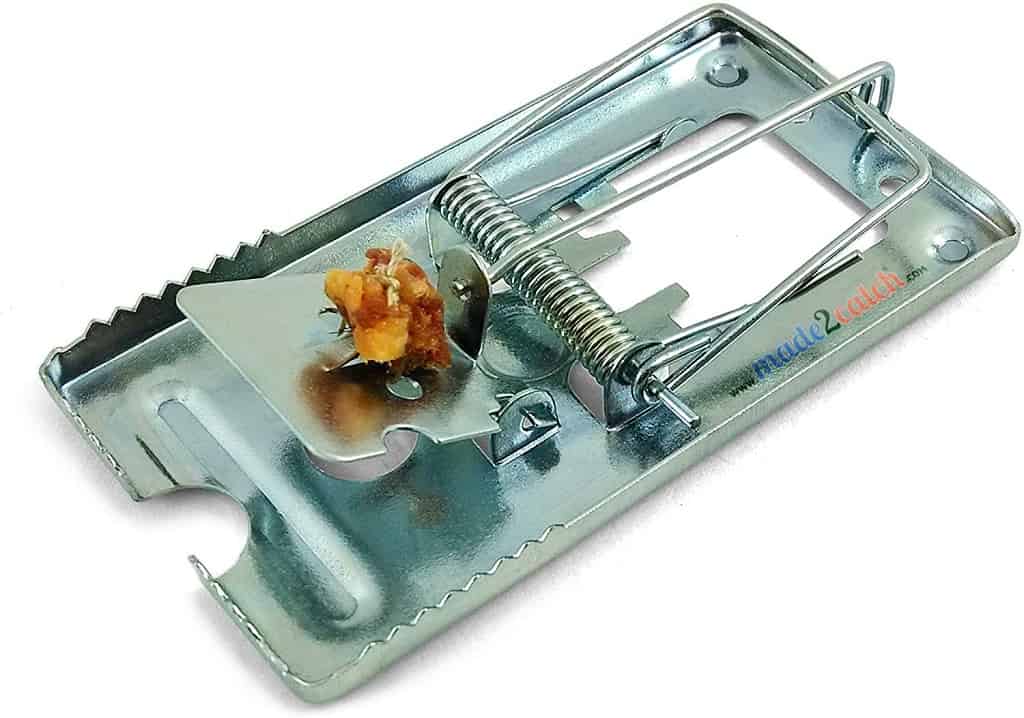


The only exception to this would be if you have mice in a hard-to-reach place, say an attic, in which case it might be worth the extra cash and setup time to be able to check your traps remotely, as long as you’re confident they won’t get wet. But for the same reasons that I don’t recommend the standard version, I don’t think the Smart-Kill is worth the premium cost-or the time you’ll likely spend working through the technological kinks. The app has a nice front-end design and, when it works, it does what you need it to do. It seemed like more trouble than it was worth to switch the network names, so I tried setting it up at a local coffee shop, and it connected on the first try. The app said it might be because I have two networks-one 2.4 GHz and one 5 GHz-with the same name. At my own apartment, I tried connecting the trap to Wi-Fi three times and it never worked. After a few days, I got a notification that it had been disconnected, and I’m not sure why-it may have been our error. The first time I set up the trap at my co-worker’s apartment, it took several tries to connect it to Wi-Fi. But Victor, which launched the Smart-Kill in January 2018, still has a few bugs to work out. Because you should check your traps at least once per day, not having to do so in person would save time, in theory. The Victor Smart-Kill Wi-Fi Electronic Mouse Trap is essentially the same trap as the Victor Electronic Mouse Trap, but it has a complementary app that lets you remotely check whether you’ve caught a mouse.


 0 kommentar(er)
0 kommentar(er)
